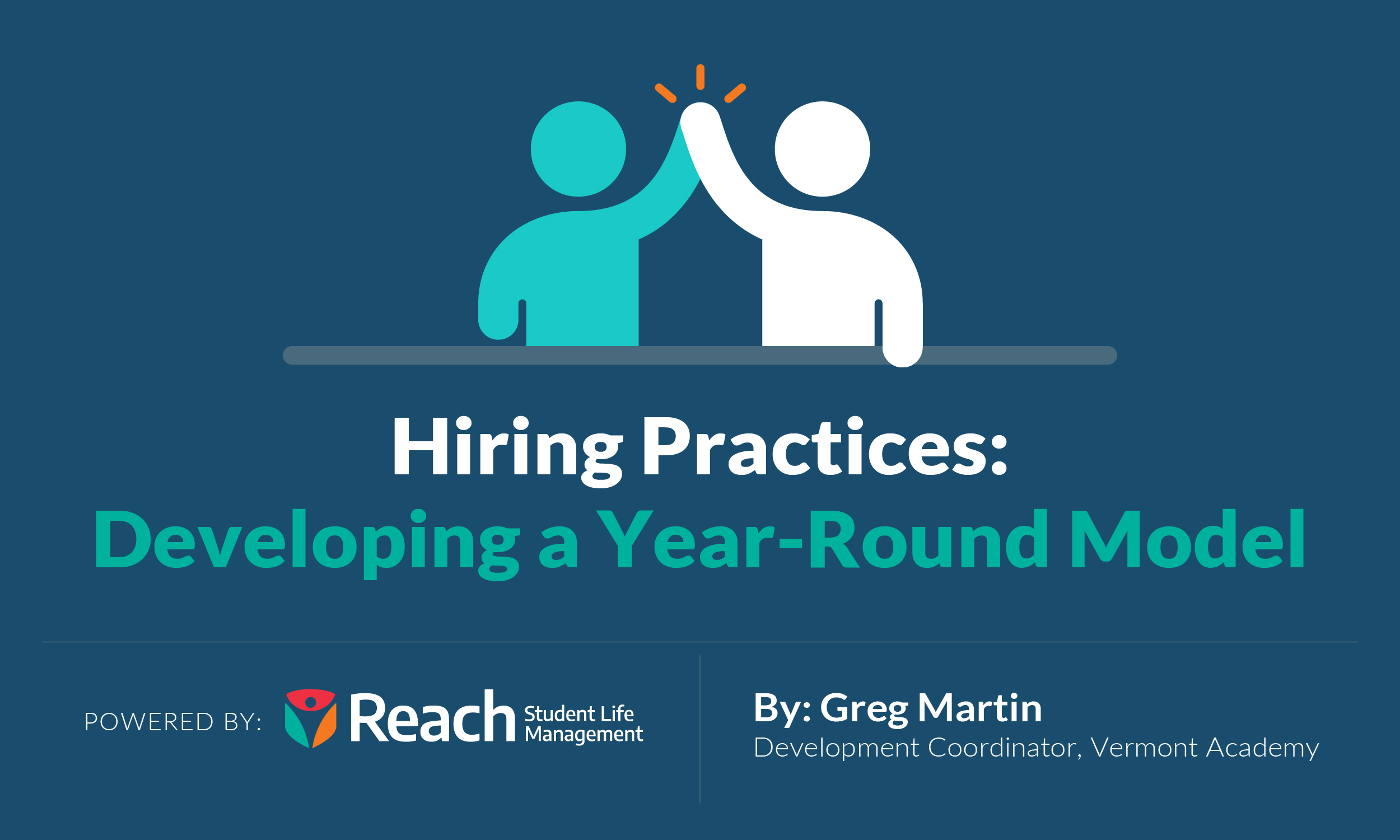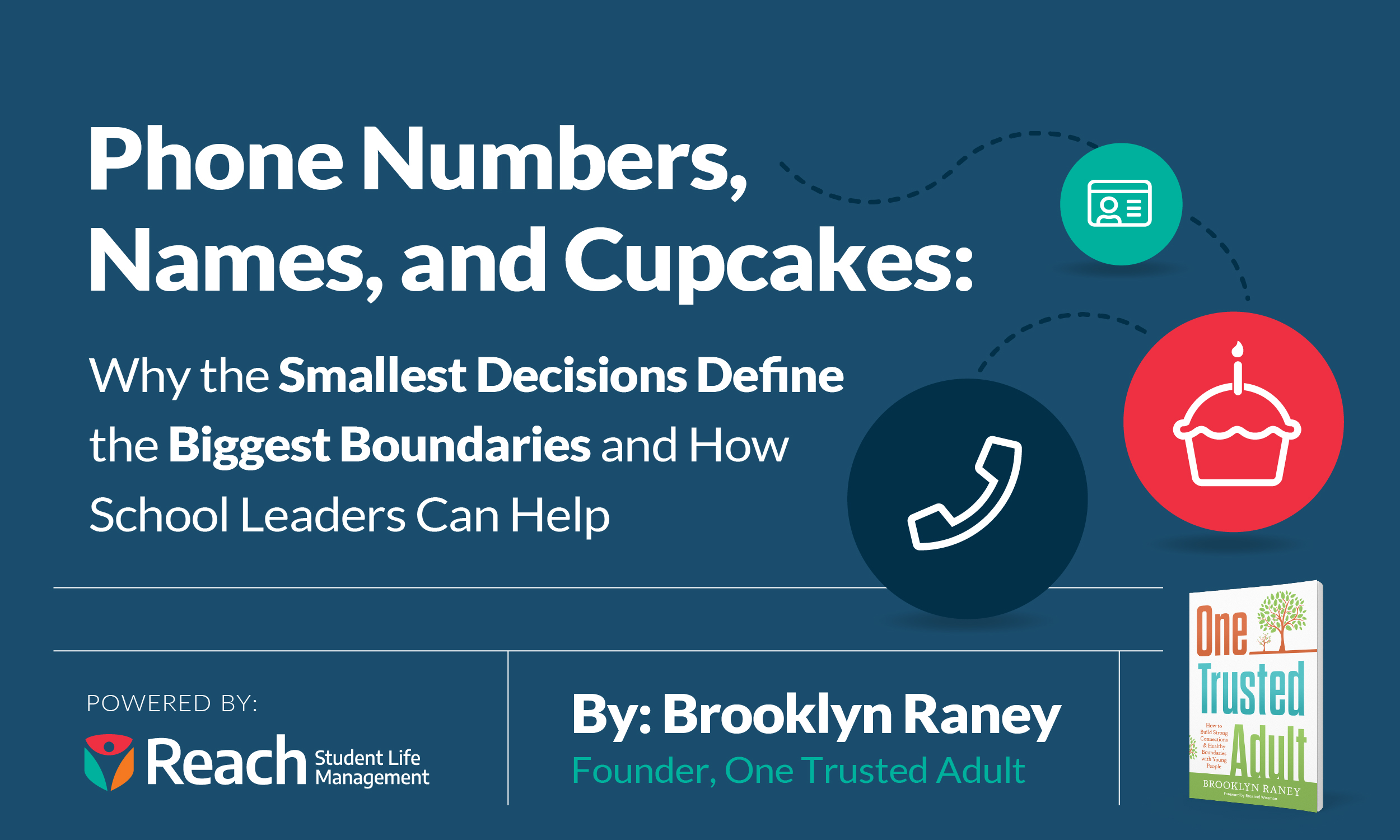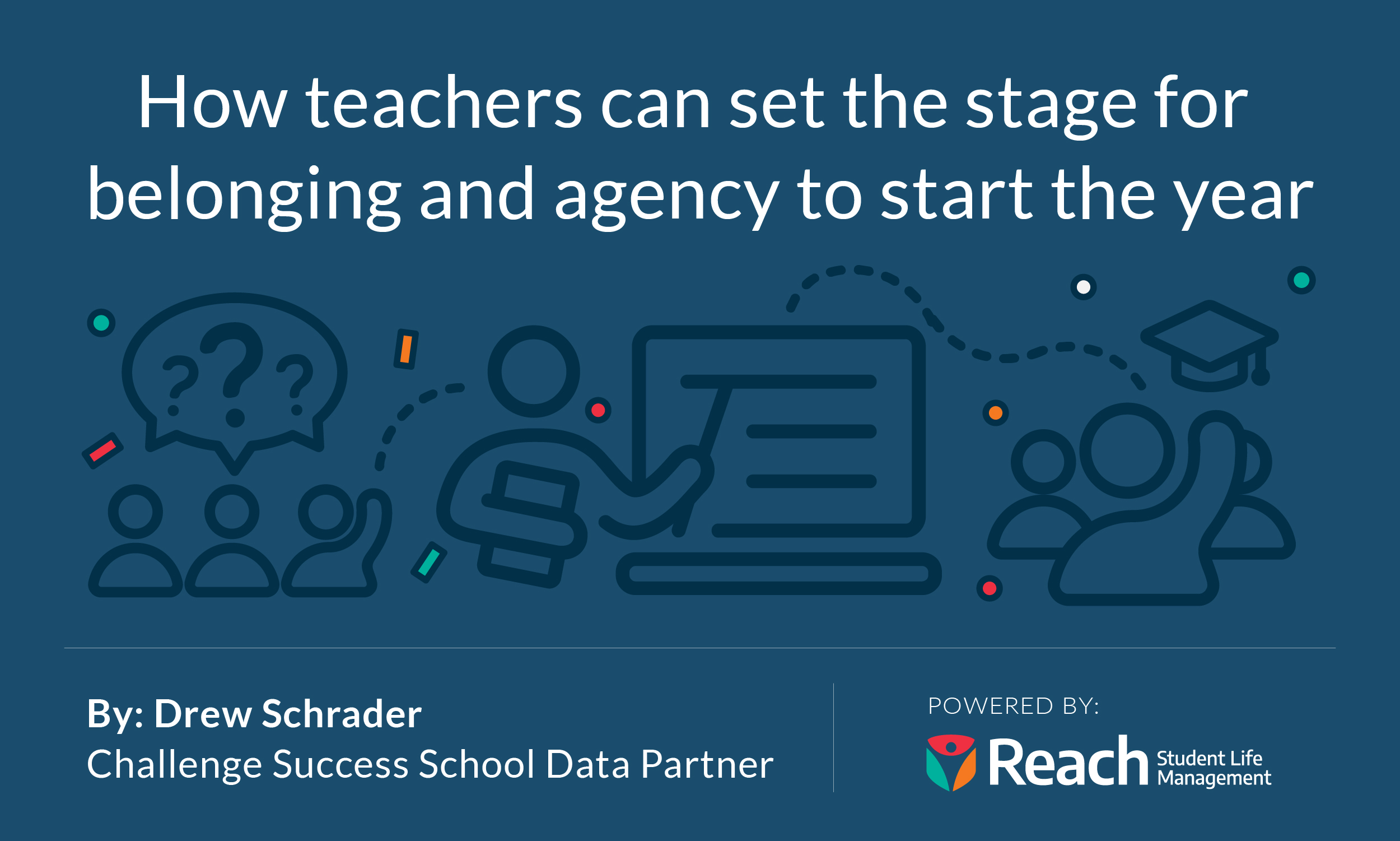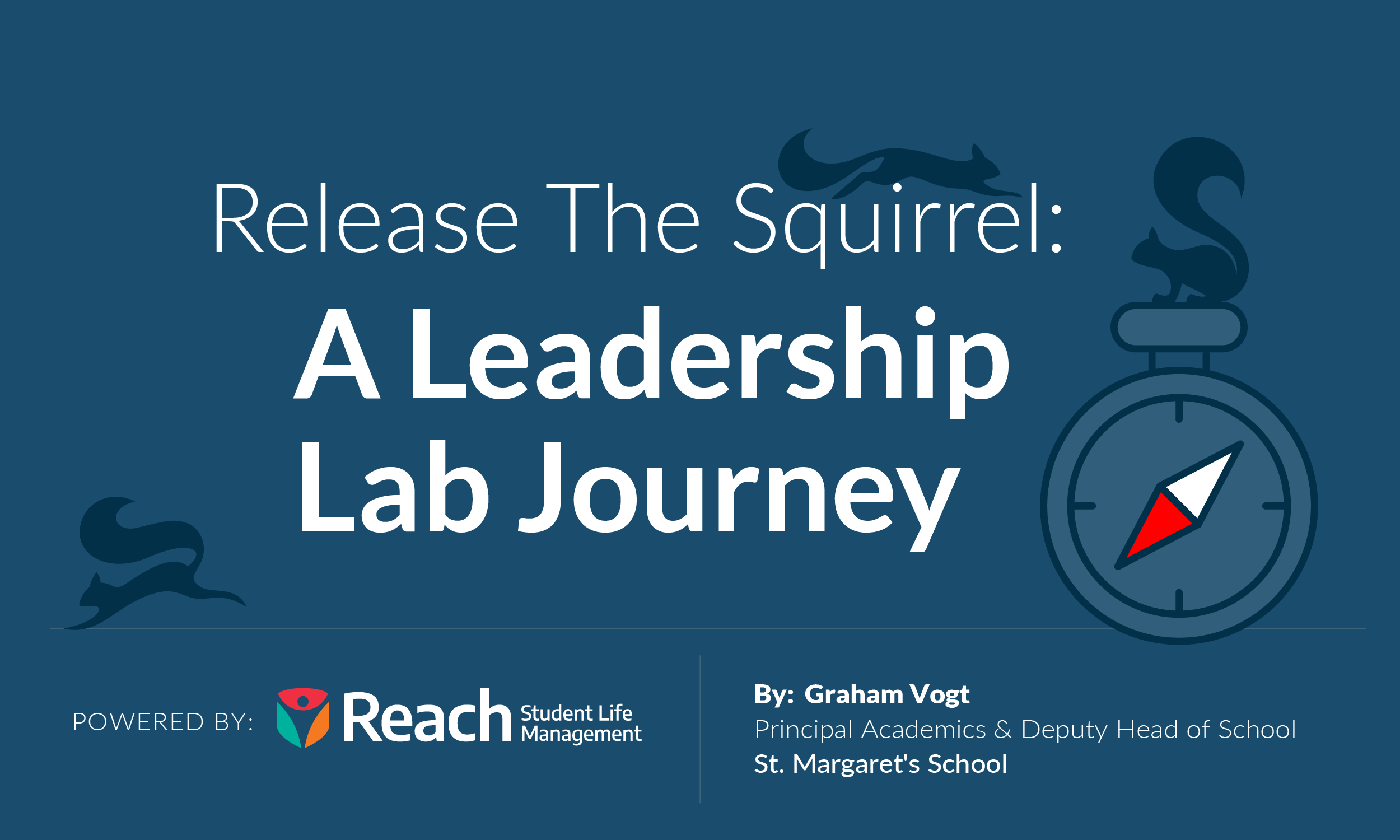At The Association of Boarding Schools conference in November 2021, I presented a workshop on “Hiring an A-Team.” I asked attendees how much they thought it costs to replace an outgoing faculty member. They estimated that it typically costs between $12,000 and $20,000—that accounts for summer pay after the departure, continued health insurance premiums, FICA contributions, “finders fees,” hosting new candidates, moving allowances, onboarding materials, and other resources needed to carry out preliminary interviews. All these costs occur after the departing faculty member has left and before the new hire begins, thus producing no measurable output.
With many faculty members and heads leaving the profession for retirement and other reasons, and a pipeline that is increasingly becoming less certain, the independent school community needs to recognize the importance of evolving hiring practices and retention efforts for long-term success. The reactive approach to hiring, coupled with a “plug and play” method to duties, are grounded in a different time when conditions allowed this type of system to be successful, even if only marginally. Assistant heads, deans of faculty, and heads of school often end up trying to balance the multiple demands of their jobs with increased pressure to meet staffing needs, while the traditional April/May interview and hiring system was not designed with high turnover rates in mind.
Identifying talent, the hiring process, onboarding, and deployment of personnel—the full spectrum of hiring—remains locked in the last century even though conditions have changed. So, with all the changes in nearly every area of school life, why haven’t hiring practices—a necessity and an area with great opportunity—changed as well? There’s a need for a new era of hiring practices, and the way schools have evolved their enrollment management practices could offer insights.
Creating a Year-Round Model
Hiring at independent schools, particularly boarding schools, has typically been treated as an add-on, often reactive and hurried. Many schools do not have a human resources (HR) department, and hiring falls to the chief financial officer, business office, dean, or assistant head. This is the way it’s been at many schools since the 1990s. Meanwhile, generational trends are complicating the hiring process. According to recent Bureau of Labor Statistics data, the baby boomer cohort will reach full retirement by 2029. The rising generations of workers, Gen Y and Gen Z, hold radically different viewpoints about what a “job” is and how they define their own careers. Average time spent at a job has dropped to just 18 months, with today’s college students likely to have multiple careers, not just multiple jobs.
In this context, hiring needs to become year-round, targeted, and strategic—just like the enrollment management function has evolved since the Great Recession. Students and teachers are the two most important elements of a school, and they experience admission/hiring in a very similar way. Both are attracted to a school because of marketing or word of mouth. Both groups meet with teachers and students, and they tour and go through the interview process. Both groups choose to become members of a certain school’s community based on what they perceive to be a good fit. These two groups also are the first to signal issues at a school—high faculty turnover and high student turnover are usually linked.
The traditional dean of faculty role, which typically has had the responsibilities of filling positions, needs to be refined, refocused, and supported by human resources by making this position’s primary focus be on hiring, training, mentoring, and growth-focused evaluation. It might mean a reduction in other duties or responsibilities or more partnering with HR than was done in the past. Some schools have created positions such as chief people officer, which is a purposeful blending of HR and dean of faculty roles. An assistant head could possibly assume this role, but only with workload rebalances and a new job description that includes a focus on finding talent and supporting the newly hired.
The employee responsible for hiring now will have more time to cultivate a pool of contacts that could fill potential openings even a year or two out. This approach also broadens how schools search and explore new avenues outside of the typical internal and independent school postings. A larger talent pool exists with experts and educators in other fields such as health care, science, law, nonprofit, and more.
Improving Hiring Practices

Hiring candidates is only the first step in professionalizing staffing methods. Onboarding, training, mentoring, professional development, and coaching must be put in place for faculty at all stages of their careers. Schools should consider these recommendations as part of the hiring process:
- Start the onboarding process immediately after a contract is signed. Most schools have new hires attend orientation or coach pre-season practices before the contract date. To move away from this potentially problematic practice, I suggest shifting start dates to July 1, in line with the fiscal year. This also can help new faculty become immersed in the culture of the school before the school year officially begins.
- Create a meaningful two-year mentorship program. This gives new hires support in their first year and a bridge to professional development and growth in year two.
- Reduce the workload. If new teachers are expected to deliver programmatically, become part of the community, and grow professionally, they need the time and space to do it.
- Pair new teachers with mentors. This opens opportunities for immediate feedback and growth, which could help with Gen Y and Gen Z retention.

And as employees move through their careers, and schools have needs from different people at different points, redefining and adjusting roles is an important conversation. Workload equity is an ever-present question in independent schools. How can schools leverage the strengths of generational cohorts to maximize programmatic impact in a way that also addresses the needs of individuals? Reframing the model of staffing deployment from a one-size-fits-all approach toward an adaptive model allows schools to address both the needs of the organization and faculty members.
As schools adapt to societal changes and the labor market, professionalizing hiring is an urgent shift. To cultivate a workplace that makes the most of faculty talent while promoting a positive culture and sense of balance, schools should use data outside of independent schools (the Bureau of Labor Statistics, Department of Labor, and Internal Revenue Service) to make informed decisions with realistic expectations. We want to see faculty attrition decrease, the student experience improve, market value better defined, and change managed in a way that is least disruptive. This all begins with honest conversations.
Ask, “Why are we hiring?” Schools should explore the goals in a new hire, why faculty members leave, and the value of the hiring/onboarding process. These conversations can be uncomfortable but useful in generating ideas to create a greater sense of buy-in and improve faculty morale. In turn, this would translate to better job performance and a more positive experience for students, thus reducing student attrition and helping with enrollment management. Ultimately, schools can retain their hires, effectively reducing the costs of replacing that outgoing faculty member.
Published in: Independent Ideas Blog




